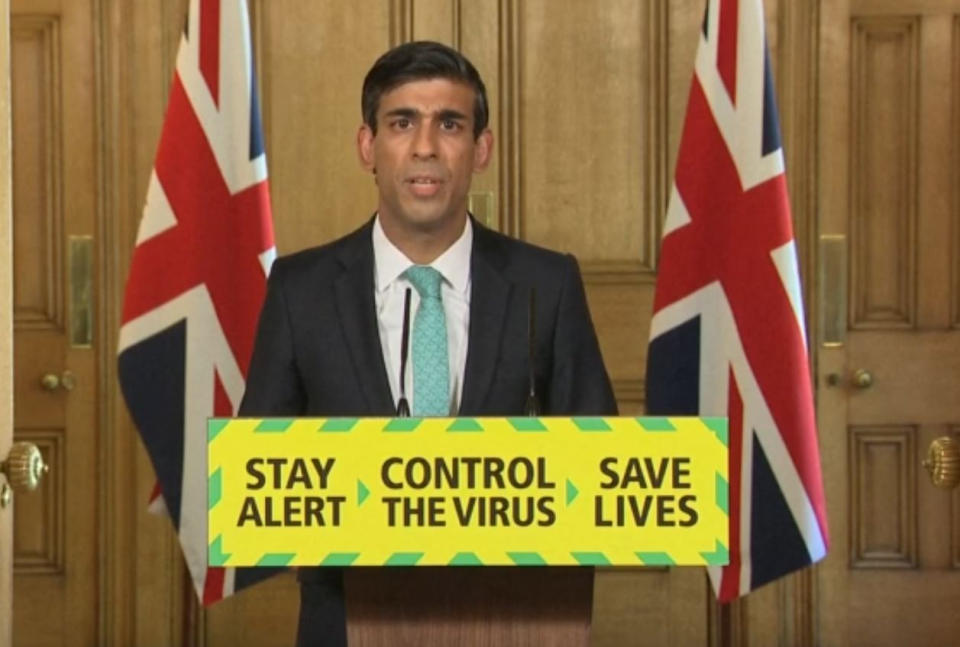Coronavirus: What do the new rules on flexible furlough mean?
The lockdown restrictions are beginning to ease in the UK and the government has introduced a new flexible furlough scheme in an effort to accommodate part-time return for employees.
The new scheme comes into effect from 1 July as businesses start to reopen after three months of lockdown.
The government has said the furloughing scheme will remain open until the end of October and will continue to support jobs and business “in a measured way” as people return to work.
So what does the flexible scheme mean – and how does it work?
“The government’s new flexible furlough scheme launched on 1 July, giving employers the chance to bring staff back part-time and still claim grants to cover some of their wages,” says Alan Price, employment law expert and CEO of BrightHR.
Who can go on flexible furlough?
“From 1 July, only employees that employers successfully claimed a previous government grant for will be eligible for more grants under the Job Retention Scheme,” he says.
“This means they must have previously been furloughed for at least three consecutive weeks at some point between 1 March and 30 June.”

How do I put someone on flexible furlough?
Employers should discuss with employees who they wish to place on the flexible furlough scheme, outlining the hours they will be expected to work. Staff will need to agree on the arrangements of their part-time work, which will need to be put in writing. The written record of this needs to be kept for five years.
READ MORE: Coronavirus: How to cope with being furloughed
Employers will also need to consider operational requirements, for example, what roles are needed and how many staff are required. They will also have to think about practical issues too, as not all employees will necessarily be able to return to work, such as those who are shielding or people with childcare issues.
How long must flexible furlough last?
“Previously, staff needed to be furloughed for at least three weeks to benefit from the scheme. However, flexible furlough agreements can last any amount of time,” Price says.
“That said, the period that employers claim for must be for a minimum period of seven calendar days. Employees can enter into a flexible furlough agreement more than once.”
How much can I claim?
“The scheme will allow employers to recover the remainder of wages to a maximum cap. Wage caps are proportional to the hours an employee is furloughed. For example, an employee is entitled to 60% of the £2,500 cap if they are placed on furlough for 60% of their usual hours,” Price explains.
The amount that the scheme will cover will begin to decrease from September, and employers will be responsible for all of the national insurance and pension contributions from August 2020 – regardless of the employee being on flexible furlough.
READ MORE: What does the furlough extension mean?
How do I calculate working hours?
“There are two different calculations employers can use to work out their employees’ usual hours, depending on whether they work fixed or variable hours,” Price says.
“Where the employee’s working hours are fixed, or their pay does not vary with the number of hours worked, the reference period for calculating their hours is the hours they were contracted for at the end of the last pay period ending on or before 19 March 2020.”
Where an employee works variable hours, employers will use the higher of: the average number of hours worked in the tax year 2019 to 2020, and the corresponding calendar period in the tax year 2019 to 2020.

 Yahoo Finance
Yahoo Finance 
